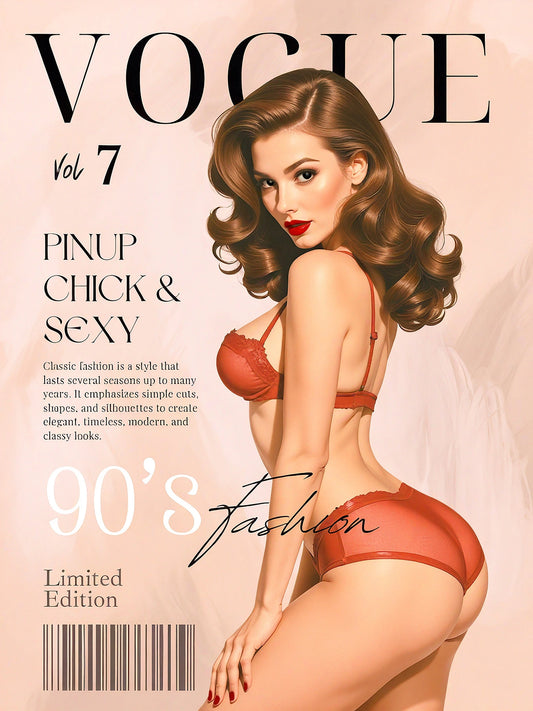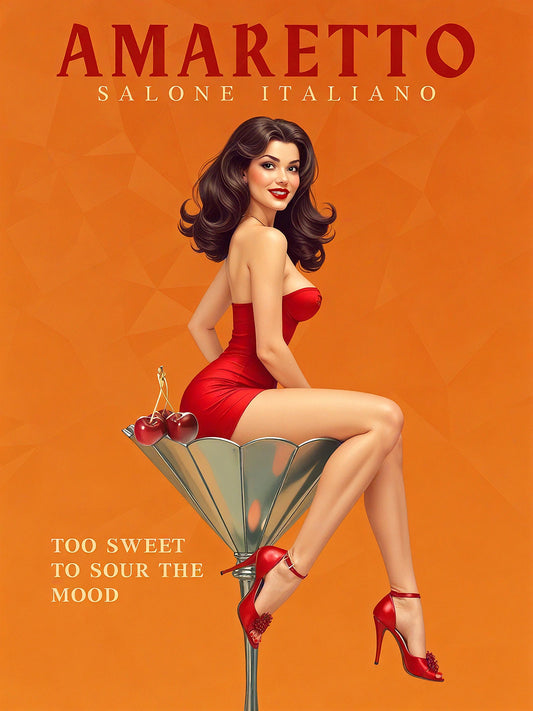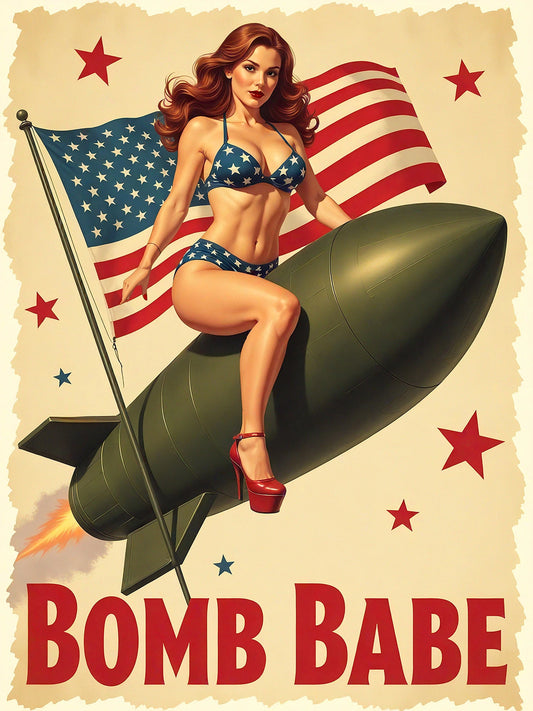Introduction
When we talk about pin up legends, one name stands above the rest: Bettie Page. With her iconic bangs, playful charm, and bold photo shoots, Bettie didn’t just model — she redefined what it meant to be a pin up model.
In the golden age of the 1950s, Bettie Page captured hearts and challenged norms. This blog explores her rise, her influence on pinup art, and why she remains the most famous face in vintage pin up culture.
Who Was Bettie Page?
Born in 1923, Bettie Mae Page started her modeling career in the early 1950s. While many pinup models leaned into sweet or glamorous aesthetics, Bettie was different — she embraced boldness, flirtation, and a powerful sense of control over her image.
Known for her:
-
Jet-black hair and straight-cut bangs
-
Confident poses and bright smile
-
Signature lingerie and swimsuit shoots
She quickly rose to fame in men’s magazines and photo clubs, becoming the ultimate model pin up.
Why Was Bettie So Iconic?
Bettie stood out because she walked the line between innocence and edge. She posed in everything from playful polka dots to provocative leather, challenging post-war gender norms while embracing her femininity.
What made her unique:
-
She owned her image in an era when women were expected to conform
-
She blended classic beauty with modern boldness
-
She was photographed by some of the best-known pinup photographers of the time, including Irving Klaw
Her versatility made her relatable and aspirational, and her legacy shaped pin up modeling for generations.
Bettie Page and Pinup Art
Though known for her photography, Bettie’s influence extended into pinup art. Many illustrators created works based on her look, helping to cement her image in vintage posters, calendars, and collectibles.
Even today, Bettie’s poses are recreated in:
-
Digital pinup portraits
-
Tattoo designs
-
Retro fashion photoshoots
-
Art prints and pin up posters
She remains a central muse in the world of pinup art and a favorite subject for artists seeking to capture classic beauty with a twist.
Bettie’s Legacy in Vintage Culture
Bettie disappeared from public life in the 1960s but returned to cult fame in the 1980s and beyond. She’s now considered a cultural icon — a symbol of confidence, sexuality, and timeless style.
Her look is still celebrated in:
-
Pinup competitions and cosplay
-
Bettie Page-themed fashion lines
-
Retro lifestyle branding
She paved the way for both modern models and everyday women to feel empowered, bold, and beautiful — no matter their style.
💋 Want to Channel Bettie Page?
At Pinup Portrait, we can help you become the modern-day Bettie. Our custom pinup art captures her 1950s flair — from soft curls and red lips to confident, curve-hugging poses.
✅ Call to Action
Ready to unleash your inner Bettie?
👉 Order your custom pinup portrait today and bring her bold legacy to life in your own vintage-inspired artwork.
❓ FAQ Section
Q1: Who was Bettie Page?
A1: Bettie Page was a 1950s pinup model known for her iconic black bangs, daring photo shoots, and influence on pinup fashion and art.
Q2: Why is Bettie Page called the Queen of Pinups?
A2: She combined confidence, beauty, and boldness like no other. Her look and legacy shaped the pinup genre for generations.
Q3: Did Bettie Page inspire pinup artists?
A3: Absolutely. Her photos became the basis for countless illustrations, posters, and tattoos, making her one of the most drawn women in history.
Q4: Can I get a Bettie-style custom portrait?
A4: Yes! At Pinup Portrait, we create custom art in the style of classic pinup icons like Bettie Page.
Q5: What makes Bettie Page different from other pin up models?
A5: Bettie embraced both sweetness and sensuality. She was playful, edgy, and unafraid — embodying the full spectrum of feminine power.





